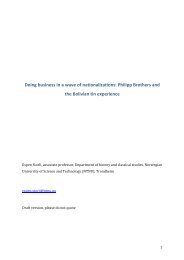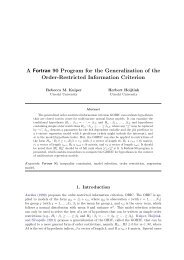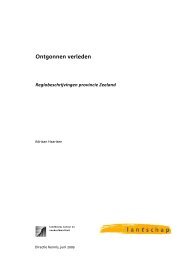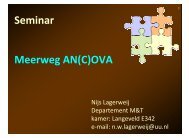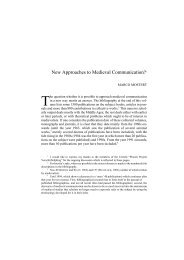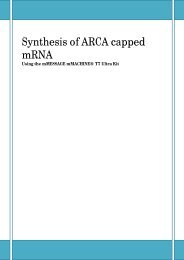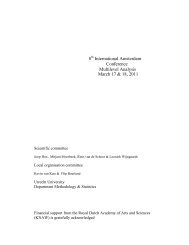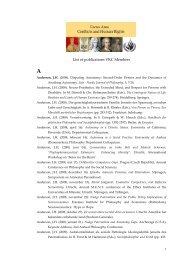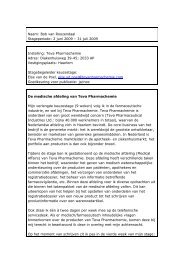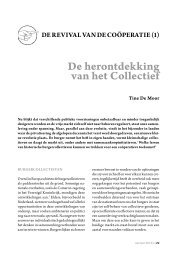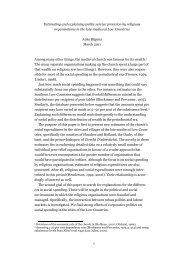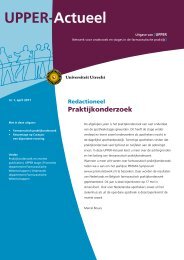CH8.Ewout Frankema.education.pdf
CH8.Ewout Frankema.education.pdf
CH8.Ewout Frankema.education.pdf
- No tags were found...
Create successful ePaper yourself
Turn your PDF publications into a flip-book with our unique Google optimized e-Paper software.
as many inhabitants, the number of administrators was less than half (353) (Richens,2009, pp. 21 & 64-5). These numbers conceal an important feature of Belgian rule inAfrica: they make clear how the Belgians managed to rule the single largest colonialterritory in Africa without depending on high ranked indigenous officials with majoradministrative responsibilities.Table 1: Absolute numbers and indices of missionary presence and studentsenrolled in Belgian Congo, 1908-1957 (1938 = 100)1908 1929 1938 1950 1957Foreign missionaries 500 2,500* 3,732 5,336 7,205Index 13 67 100 143 193School enrolment 46,000 350,000 562,851 970,372 1,718,931Index 8 62 100 172 305Sources: 1908 from (Stengers and Vansina, 1985); 1929 (Depaepe and van Rompaey, 1995); 1938-1957Annuaire Statistique de la Belgique et du Congo Belge 1911-1960.Notes: 1929 number of missionaries is guesstimate based on 1931 figures from Annuaire Statistique de laBelgique et du Congo Belge 1911-1960.Table 2: The ‘population support ratio’ in the British, Dutch and Belgian colonialempires, ca. 1938Metropolitanpopulation (1)(x 1000)Colonialpopulation (2)(x 1000)Populationsupport ratio1938 1938 2/1United Kingdom 47.5 358.1 7.5Netherlands 8.7 68.3 7.8Belgium 8.4 13.9 1.6Source: Statistical Abstract of the British Colonies 1938-1940; Maddison (2010).Nunn (2010) has recently argued in line with Johnson (1967) that the presence ofnavigable waterways, which were scarce in Africa, have had a positive impact on thespread of missions. Johnson has shown that the diffusion of mission stations closelyfollowed the upstream courses of the Congo river and its many tributaries. Watertransport allowed missionaries to travel back and forth in a relatively efficient way andfacilitated the delivery of the necessary supplies (school, medical, food, bibles etc.).African communities were naturally attracted to the river and often economicallydepended on it. The role of such geographical advantages should not be overstated,however, especially in view of the great risks missionaries were willing to take bysettling in the tropics. Moreover, the big population centers in Indonesia were also easyto access for foreign missionaries, but the cultural and institutional constraints wereeventually decisive for their limited settlement.The strength of the missions in spreading <strong>education</strong> had much to do with theirefficiency and flexibility: short lines of communication, high levels of personalresponsibility entrusted to the people in the field, low levels of labour remuneration and10



